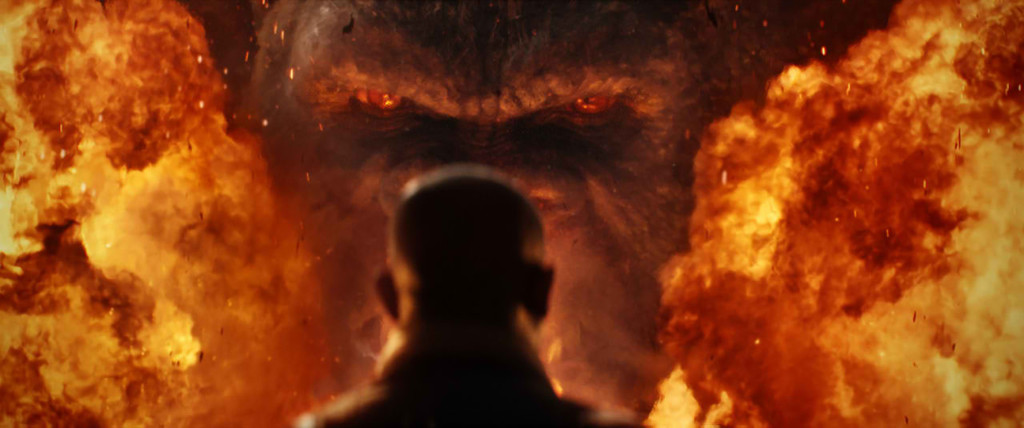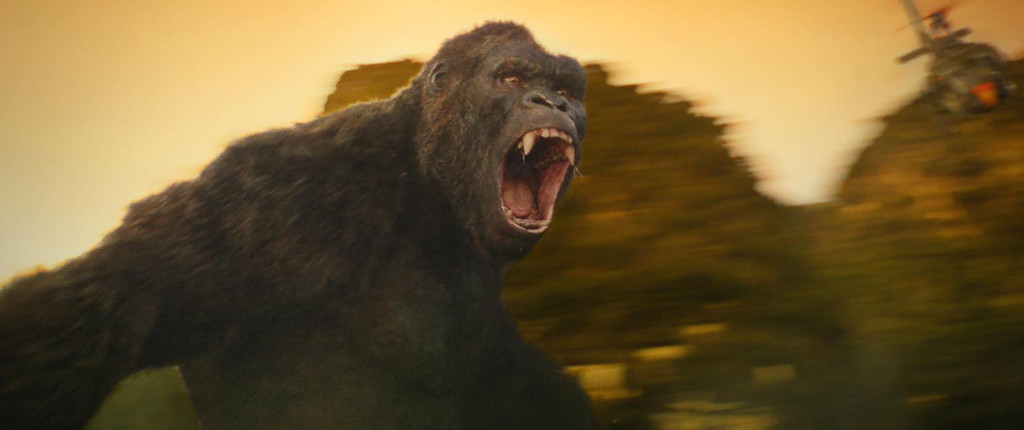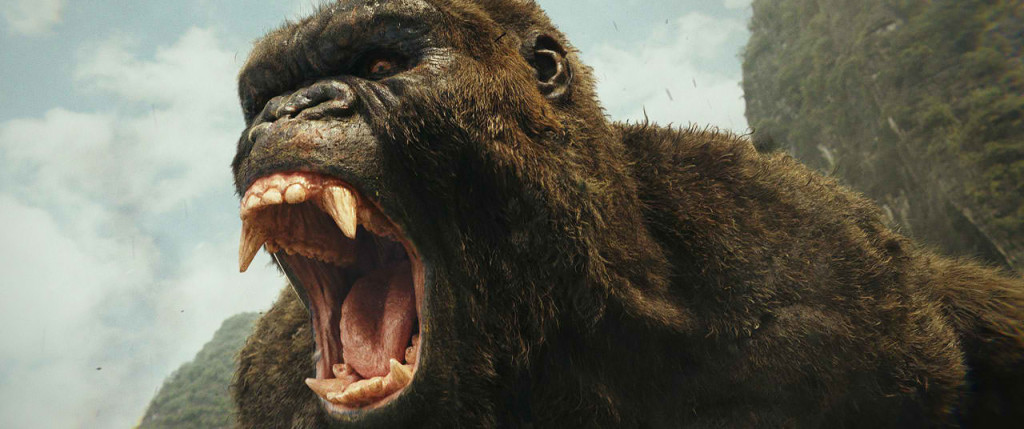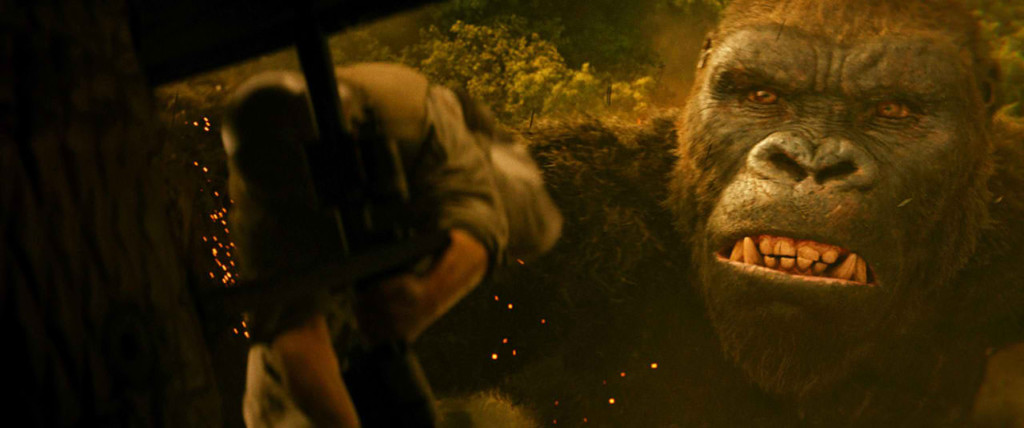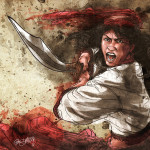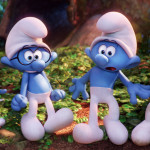For the filmmakers overseeing such a complex production as “Kong: Skull Island,” there was perhaps nothing more challenging or exhilarating than the creation of the title character. They certainly didn’t make things easy for themselves. “I always imagined King Kong as being his own species and defying any simple characterization or comparison with the creatures of our world,” says producer Thomas Tull.
Tull’s perspective was perfectly in sync with the director’s, whose iconic monster is like no other. Director Jordan Vogt-Roberts confirms, “In our film, Kong is a throwback to a classic movie monster, not just an ape. I wanted our Kong to be more of a lonely god than ever before. Then I wanted to slowly reveal that he has empathy and pathos and can connect with others on an emotional level. Even though in our film he is god-like, there’s humanity to Kong—a heart that I think people will respond to.”
The effort to make Kong live and emote onscreen with as much detail and realism as possible involved a broad coalition of creative talents within the visual effects and animation teams, and specialists in concept art, sound and design, all unified through Vogt-Roberts’s vision for the character and his directive to think outside the box.
Premier visual effects house Industrial Light & Magic, which has spearheaded VFX for some of the biggest blockbusters in cinema history, helped bring Kong to life on a whole new scale. They were led by senior visual effects supervisor Stephen Rosenbaum and visual effects supervisor Jeff White.
The ILM team numbered almost 300 artists, animators and technicians, based in three separate facilities. ILM’s work on Kong took over a year and a half, eight months of which were spent designing the mythic figure. The principal task was to not only create a character with a presence and purpose, but to make him a powerful anti-hero as well. “Our inherent challenge was to have audiences feel an affinity for Kong and to imbue him with that element of humanity,” Rosenbaum explains.
Vogt-Roberts kicked off the process by asking the ILM team to evoke the essence of the classic 1933 film “King Kong,” preserving its cultural mystique and classic monster feel. It was a demanding mandate but one all the filmmakers took to heart as bringing together the best of both worlds.
This intersection of the epic and the intimate has produced some of the most visceral, original and pulse-pounding scenes in the history of the genre, as well as some unexpected, emotionally charged moments. White admits that some of his favorite scenes were the quieter moments where Kong connects to some members of the expedition team, or ponders Skull Island’s infinite beauty. “I particularly enjoyed scenes like when Kong is sitting quietly, gazing at the Aurora Borealis, interacts with Weaver (Brie Larson) to aid a stricken animal, and connects with Weaver and Conrad (Tom Hiddleston) on a cliff side. I think those moments are when Kong really comes alive as a character.”
In this new version of Kong, size matters. A lot. At 100-feet tall, he towers over other iterations…and the new visitors to Skull Island. “That’s important because that dimension gives Kong weight and a grandiose quality, where a human will look like a speck in the shadow of this colossus, and you see how insignificant we are in his world, where we really don’t belong,” White concludes.
Sound design was another important element in bringing Kong to life. Long before production commenced, the filmmakers experimented with different techniques to create Kong’s chilling, heartrending roar, as well as a whole universe of sounds that would give the action a visceral, theatre-shaking feel.
Warner Bros. Pictures and Legendary Pictures Present a Legendary Pictures Production, “Kong: Skull Island.” The film will be released in the Philippines in 2D, 3D in select theatres, and IMAX beginning Thursday, March 9, 2017, from Warner Bros. Pictures, a Warner Bros. Entertainment Company.


